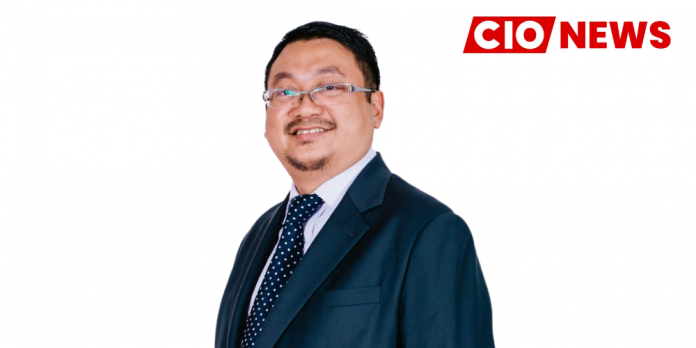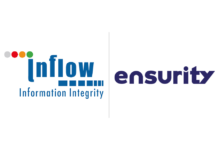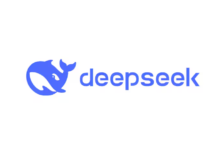
Today, increased advancements in the country’s technological capacity boost the digital environment for enhanced services in all sectors such as public, economy, banking, education, social, and security
This is an exclusive interview conducted by the Editorial Team of CIO News with Dato Dr Amirudin Abdul Wahab, CEO of CyberSecurity Malaysia, on:
“INITIATIVES TO BE TAKEN BY TECHNOLOGY LEADERS TO REDUCE VULNERABILITY TO DIGITAL SYSTEMS IN 2022”
INTRODUCTION
In these troubled and trying times of the COVID-19 pandemic, people are highly dependent on the Internet and digital technology for their day-to-day activities. The number of Internet users around the world has increased significantly to 4.88 billion users today, which equates to almost 62 per cent of the world’s population. In the ASEAN region, the total population stands at 589 million and there are currently 440 million Internet users. This is a robust 74.70 per cent of the total population, and it is growing annually. In Malaysia, the internet is used by 89.6 per cent of the total population, which is 32.57 million.
Today, increased advancements in the country’s technological capacity boost the digital environment for enhanced services in all sectors such as public, economy, banking, education, social, and security. New and emerging technologies such as Cloud Computing, Internet-of-Things (IoT), Block-chain, Big Data, Artificial Intelligence (AI), and Machine Learning (ML) are already being implemented and adopted in today’s digitalized world. There are approximately 1.35 million tech start-up organizations established globally due to the advancement of digital technologies. However, digital technology is like a double-edged sword. While it provides a lot of convenience and benefit to its users, it also exposes them to a lot of risks, threats, and responsibilities.
Digital Challenges:
This highly connected world and the emergence of advanced digital technology disclose more profound and complicated risks. Cybercriminals are becoming more vigorous and sophisticated. As the technology evolved, these criminals adopt advanced technology to expand strategies and consolidate attacks.
According to Cyber Incident Reference Centre – Cyber999 from CyberSecurity Malaysia, the usual rampant cyber threats Malaysians experience include fraud, intrusion, malicious code, and content related. Organizations suffer difficulties to avoid or escape from being victims of cyber-attacks or cyber threats such as Advanced Persistent Threat (APT), data breach, spear/whale phishing/ malware/ransom-ware attack, and other dangerous forms of digital trickery, risks, threats, and cyber-attacks.
Initiatives by Technology Leaders/C- levels:
In order to tackle these challenges, cyber-security should be seen as a collective responsibility. In an organization, all employees are responsible to secure their digital environment against any threat. Higher management, particularly the C-level or the Board of Directors play a critical role as they are highly at risk due to their position in decision making, business strategy, and interaction with employees and stakeholders in an organization.
Technology leaders are advised to implement the following initiatives to reduce vulnerabilities in the digital system:
- Understand the nature of the organization’s business and how the digital environment suits its business requirement to ensure the business’ digital systems work seamlessly.
- Cooperate and communicate with other divisions to understand emerging problems, review the organization’s policies, and manage obsolete technology.
- People, processes, and technology in an organization are the important aspects of cyber-security and people are considered the weakest link. No matter how strong the process and technology of an organization are, if the people’s aspect is weak, everything else fails.
- Conduct periodic awareness, training (re-train), and skills improvement among employees to enhance digital literacy and capabilities.
In addition, keep in mind that no organization is 100 per cent secured. It is no longer the question of how to protect oneself from being attacked but it is just a matter of time before an organization suffers from cyber-attack. Hence, organizations need to identify ways to stay ahead of cyber-attacks and be resilient to minimize the impact of cyber- attacks.
CONCLUSION:
Cyber-security is everyone’s responsibility. Digital devices with their functions and capabilities personalized to our requirements are rapidly being integrated into our daily lives unconsciously. As they are convenient, these smart devices are missing built-in security (security by design) exposing users to vulnerabilities and the risk of being hacked by cybercriminals with malicious intentions.
Therefore, we need to adopt highly innovative, aggressive, and implement proactive approaches to overcome challenges and stay ahead against cyber threats. The need for advanced cyber security encompasses people, processes, and technology that are critical for nations’ well-being.
Also read: CIO News interviews Shri Wangki Lowang, Minister (IT) of Arunachal Pradesh
Do Follow: CIO News LinkedIn Account | CIO News Facebook | CIO News Youtube | CIO News Twitter
About us:
CIO News, a proprietary of Mercadeo, produces award-winning content and resources for IT leaders across any industry through print articles and recorded video interviews on topics in the technology sector such as Digital Transformation, Artificial Intelligence (AI), Machine Learning (ML), Cloud, Robotics, Cyber-security, Data, Analytics, SOC, SASE, among other technology topics





